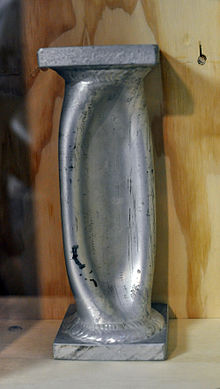 |
| Gambler In Chief |
I. Introduction
Gambling is in the air.
Secretary of State T. Rex was fired for criticizing Russia.
The Whut? House lied about that, saying that the firing was for other reasons.
FBI official McCabe was fired just before retiring because of what he described as an ongoing assault by The Bullshitter in Chief on the Russia Criminal Conspiracy case (cf. The Shapeshifters of Bullshitistan - 11).
And a U.S. Army Ranger Hall of Fame member publicly stated:
"Reluctantly I have concluded that President Trump is a serious threat to US national security. He is refusing to protect vital US interests from active Russian attacks. It is apparent that he is for some unknown reason under the sway of Mr Putin."(General McCaffrey Criticism, emphasis added; cf About General McCaffrey). That reality has occurred to most everyone (outside the despotic minority) except for the majority in congress.
For example, a former CIA Director wrote:
"When the full extent of your venality, moral turpitude, and political corruption becomes known, you will take your rightful place as a disgraced demagogue in the dustbin of history. You may scapegoat Andy McCabe, but you will not destroy America...America will triumph over you."(Ex-CIA Boss John Brennan Tears Into Donald Trump, emphasis added). The Don can't call that weak, so he is getting feedback for what he is himself causing.
II. A Diversion From The Stormy Thingy
I heard one former U.S. Attorney say that these events are a diversion to take the media attention off the Stormy Daniels Scandal.
That scandal has now been admitted to from The Don's side in the sense that they counter sued Stormy and want to now make a federal case out of it:
"President Donald Trump has jumped into the lawsuit filed against him by an adult film actress seeking to void a “hush agreement” about their relationship,(Trump’s Legal Team Says It Can Sue Stormy Daniels For $20 Million). Whether a diversion or not, the firing of McCabe is seriously distasteful to those who see it as a mean, vindictive act against the Mueller probe.while his longtime attorney is claiming that they have the right to sue her for at least $20 million.
NoClue Ella de Dump
The latest twist comes after the White House initially claimed Trump had nothing to do with Trump Organization lawyer Michael Cohen’s payment of $130,000 to Stephanie Clifford ― better known by her stage name, Stormy Daniels ― just days before the 2016 presidential election.
Cohen filed papers Friday to move Clifford’s lawsuit from state court in California to a federal court there. Trump, through Beverly Hills lawyer Charles Harder, filed papers indicating that he agrees with Cohen that the matter belongs in federal court."
What makes the diversion observation valid IMO is that new factors entered the picture yesterday when Stormy's lawyer pointed out that she had been threatened with physical harm if she talked (Stormy Daniels was threatened with physical harm, lawyer claims).
III. Conclusion
The Kremlin must have something quite substantial that causes The Don to gamble so much with obstruction of justice and criminal conspiracy charges hanging around.
What is for certain is that we are watching to see if what Director Brennan said to The Don ("America will triumph over you") will come true.
The next post in this series is here, the previous post in this series is here.
Gambling storms ...

























